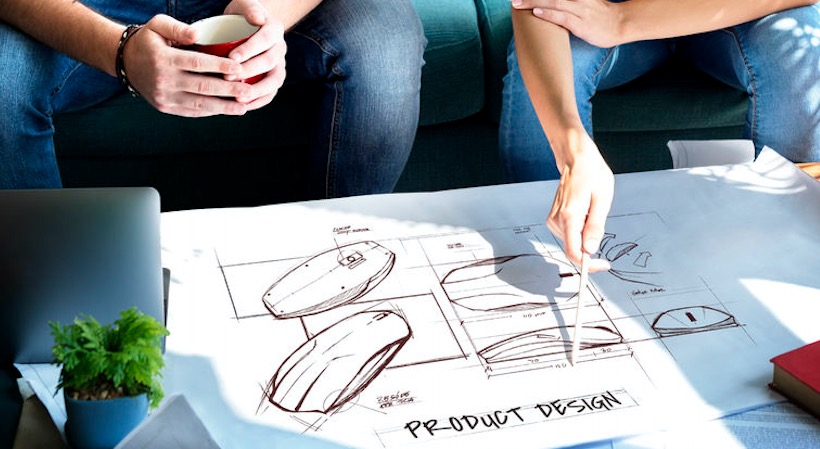Whether your startup is re-launching a new version of an existing product or bringing a new invention to the market, consumer testing is a critical step in developing and perfecting your product.
A product testing event gives your startup the opportunity to gain valuable insight into the usability and appeal of the product from potential customers’ perspectives. This consumer feedback can help shape your product to fit the needs and desires of your target audience.
Related: 5 Common Obstacles to Overcome When Launching a New Product
Why do you need a product testing event?
In today’s world, competition is high. A product testing event is essential for every company that is looking to develop a successful, competitive and high-quality product.
There are several reasons why product testing is important:
- To predict customer acceptance of the product and whether the item will sell or whether the product will require more work before it hits the mass market
- To test the product in a variety of “real” settings and environments with “real” people from a diverse range of backgrounds to flag any flaws and potential threats
- To make sure products can withstand the test of time (this is particularly important for tech startups)
- To ensure product safety for usage before being released into the market
By testing your product or invention at an event, you will save yourself from wasting time and money on something that may not suit your target audience.
Planning a product testing event
There are six essential features you will need in order to make sure your product testing event runs smoothly:
- Plan ahead
As with any event you host, it’s essential to have the key details confirmed as early ahead of time as possible. Think carefully about the venue, as you want a setting that will properly showcase your product for testing. Do various test runs of the product testing event to avoid last-minute glitches or delays that could throw off the success of your product test.
- Choose your venue
Although you may have space to carry out your product testing within your business’ premises, that may not be the ideal solution. An unaffiliated location can limit consumer bias (positive or negative) that might be associated with your brand, allowing for a genuine product test.
Depending on your product, an industry event space such as a trade show or conference hall may be the ideal venue to host your product testing. Whether you choose to host or partake in an industry event, doing so will increase the chances of a larger target audience (i.e. more people testing your product) of passers-by dropping in on the day of.
- Prepare a backup plan
When deciding on how many products you will need for testing, always overestimate. If it’s a physical product, always prepare for damage, as you want consumers to test the product at its best, and you don’t want to hand out products that have visible wear and tear for testing. Also, if you’re hosting your event offsite, think about how you may get additional products delivered from your workspace to the venue in case of an emergency.
- Build a trustworthy team
Your product is linked to your brand, and handing the reigns over to someone who is unfamiliar with your brand at the event can be damaging when they’re not directly involved with or educated on your product. Working with a team of internal staff or brand ambassadors can help the event run with ease.
Make sure your team members are given adequate training and guidance when it comes to your products and how you want them demonstrated. Also, be sure your team feels comfortable answering all types of questions related to not only your product, but your company, overall.
- Consistent testing
If planning multiple product testing events, make sure your process is consistent across all dates and venues in order to ensure the feedback collected is consistent. It’s essential to make every attendee’s experience as similar as possible, even when trialling different variations of the same product.
Sign Up: Receive the StartupNation newsletter!
After testing your product or invention at an event, you’ll have a better idea of where to go next. You’ll know what improvements (if any) your product needs, whether there’s any confusion when it comes to how to use your product, and whether or not your target audience even needs your product. Moving forward, you can use this consumer feedback to build a better product.






